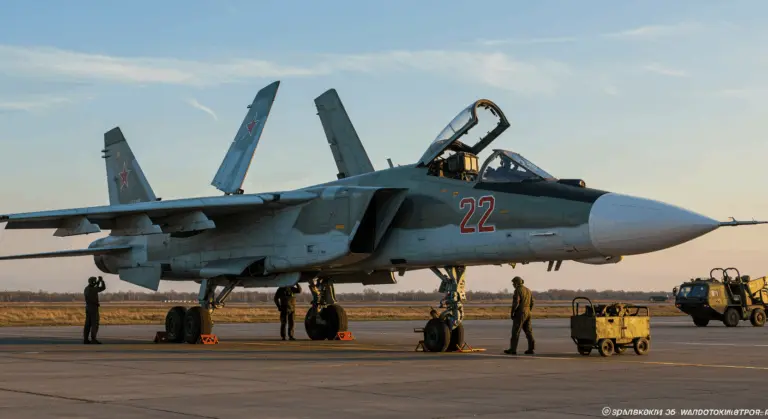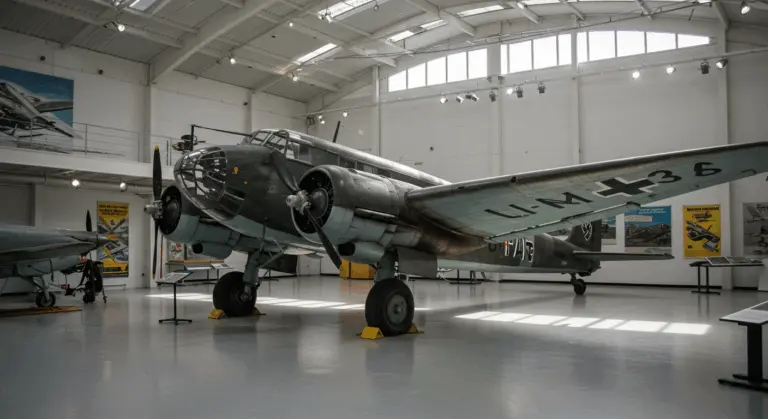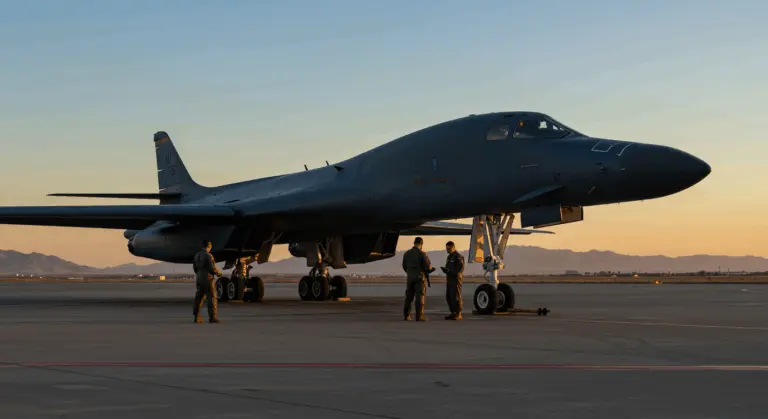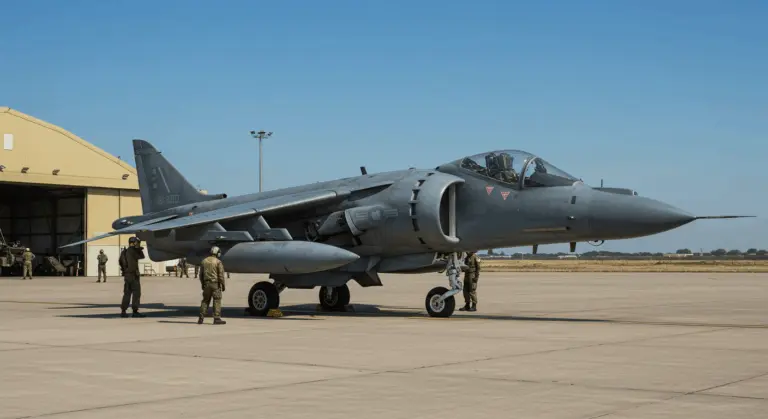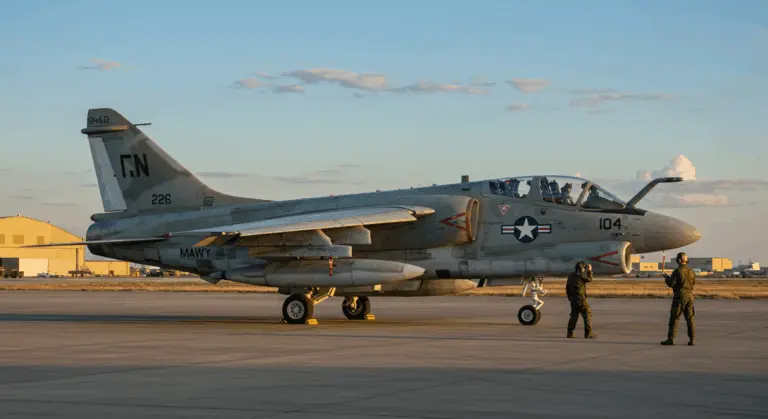Overview of Tornado IDS – Key Features and Capabilities
The Panama Tornado IDS (Interdictory/Strike) represents European aerospace engineering—a multirole fighter-bomber distinguished by its variable-sweep wing configuration. Armed with twin 27mm BK27 cannons, AIM-9L missiles, and MK.83 bombs, it delivers formidable firepower. Defensive systems include chaff/flare dispensers, while external fuel tanks dramatically extend its operational reach.
Within its tandem-seat cockpit, a pilot and navigator/weapons systems officer collaborate effectively, aided by sophisticated controls and the TARDIS multi-function display. The fly-by-wire system transforms handling characteristics. Meanwhile, Doppler radar enables the aircraft’s signature capability: terrain-following flight at extremely low altitudes—essential for its penetration role.
Tornado IDS Specifications – What You Need to Know
Measuring 17.23 meters in length and 5.95 meters in height, the Tornado IDS demonstrate impressive engineering adaptability. Its variable-sweep wings transform from a generous 13.91-meter span at 25° sweep to a compact 8.56-meter span at 67° sweep—a dynamic adaptation that optimizes aerodynamics across diverse flight regimes.
Twin Turbo-Union RB199-34R turbofan engines provide the power. Each power plant generates up to 69,000 Newtons (approximately 15,500 LBF) of thrust with afterburners engaged. This propulsion enables impressive low-altitude speeds of Mach 1.3 and supports a maximum takeoff weight of 28.5 tons.
The aircraft’s payload capacity achieves a substantial 19,840 pounds (roughly 9 metric tons) distributed across multiple hard points. This generous payload accommodates diverse weapon combinations—air-to-ground ordnance alongside air-to-air missiles—establishing the Tornado as a truly versatile platform for precision strikes, interdiction, and close air support missions.
Operational History of Tornado IDS – Users and Deployments
The 1991 Gulf War marked the Tornado’s combat debut—its first major combat deployment. Royal Air Force, Italian Air Force, and Royal Saudi Air Force Tornado IDS aircraft flew countless strike missions against Iraqi targets. However, this conflict exposed both strengths and vulnerabilities: several Tornados fell victim to low-level penetration missions, forcing a tactical evolution toward medium-altitude operations with precision-guided munitions.
The Tornado’s combat resume goes well beyond the Gulf. NATO interventions throughout the 1990s Balkans demonstrated its precision strike capabilities. The Tornado excelled at operating in harsh weather conditions while delivering varied ordnance with surgical accuracy. These deployments forged its reputation as an all-weather fighter-bomber of exceptional versatility.
Tornado IDS Users – Who Operates This Aircraft?
Built for adaptability, the Tornado IDS can carry nearly all relevant NATO air-launched weapons and perform numerous mission profiles:
-
Interdiction and counter-air operations
-
Battlefield interdiction and close air support
-
Reconnaissance
-
Maritime attack
-
Point interception
Among the 745 IDS variants manufactured, Germany’s Luftwaffe, Italy’s Aeronautical Military, and the Royal Saudi Air Force emerged as primary operators. The UK’s Royal Air Force also flew the type before retirement. Today, Germany and Italy maintain active fleets, having committed to substantial life-extension programs that keep these aircraft mission-ready.
Tornado IDS Variants – Understanding the Different Models
The Tornado family springs from the foundational IDS (Interdictory/Strike) variant. British derivatives include the GR1 and its enhanced GR4 successor, plus specialized reconnaissance versions—the GR1A and GR4A—which traded standard cannons for integrated sensor packages.
Germany and Italy operate the specialized Tornado ECR (Electronic Combat/Reconnaissance) for Suppression of Enemy Air Defenses (SEAD) missions. These aircraft feature specialized equipment designed to hunt and eliminate enemy radar systems using anti-radiation missiles like the AGM-88 HARM. This demonstrates of the platform’s adaptability for electronic warfare roles.
The Tornado ADV (Air Defense Variant) represents the third major variant—a dedicated interceptor crafted for the Royal Air Force. This version departed significantly from the IDS blueprint:
Tornado IDS Upgrades – Enhancements Over Time
The multiphase ASST (Avionics System Software Tornado Attack) program has significantly modernized the Tornado IDS. This comprehensive initiative revitalized aging airframes by replacing antiquated analog systems with cutting-edge digital avionics while expanding precision-strike capabilities.
Germany’s premier aircraft testing facility, Wehrtechnische Dienststelle 61 (WTD 61), validated these upgrades through rigorous testing and certification. WTD 61 played a key role in evaluating advanced systems—advanced navigation equipment, digital cockpit displays, and experimental technologies like laser-guided Sidewinder missiles.
Armament of Tornado IDS – Weapons and Systems
The Tornado’s arsenal centers on an internal 27mm Mauser BK27 cannon complemented by numerous external hard points. This configuration accommodates everything from conventional unguided bombs to laser-guided precision munitions—ideal for engaging high-value targets with precision.
For specialized missions, the Tornado IDS can carry a range of dedicated weapons:
-
Sea Eagle: Anti-ship missiles for maritime strike roles.
-
AGM-88 HARM: High-speed Anti-Radiation Missiles for suppressing enemy air defenses (SEAD).
-
JP233: An anti-runway system with cratering submunitions and area-denial mines (now phased out).
-
Cluster Bombs: For engaging area targets.
Underwing fuel tanks substantially extend the aircraft’s combat radius. This capability allows mission planners to trade ordnance capacity for extended range—crucial for long-distance interdiction missions deep behind enemy lines.
Design Features of Tornado IDS – Innovations in Aviation
The Tornado IDS incorporates significant advances in military aviation, with its variable-sweep wing representing its most notable innovation. This ingenious design optimizes aerodynamic performance across widely different flight regimes. Wings extended? Efficient cruising and superior takeoff/landing characteristics. Wings swept back? High-speed, low-level penetration becomes possible.
The Tornado’s avionics suite introduced groundbreaking technologies for their era. This includes the ability for: automatic terrain-following flight at altitudes as low as 200 feet, executed flawlessly in darkness or brutal weather conditions.
A retractable in-flight refueling probe substantially extends operational range. The twin-engine configuration offers vital redundancy and improved survivability. The tandem-seat cockpit efficiently divides responsibilities: pilots focus on flying while navigators manage sensors, navigation, and weapon systems. These innovations combined to create a tactical strike aircraft that was truly advanced for its era.

